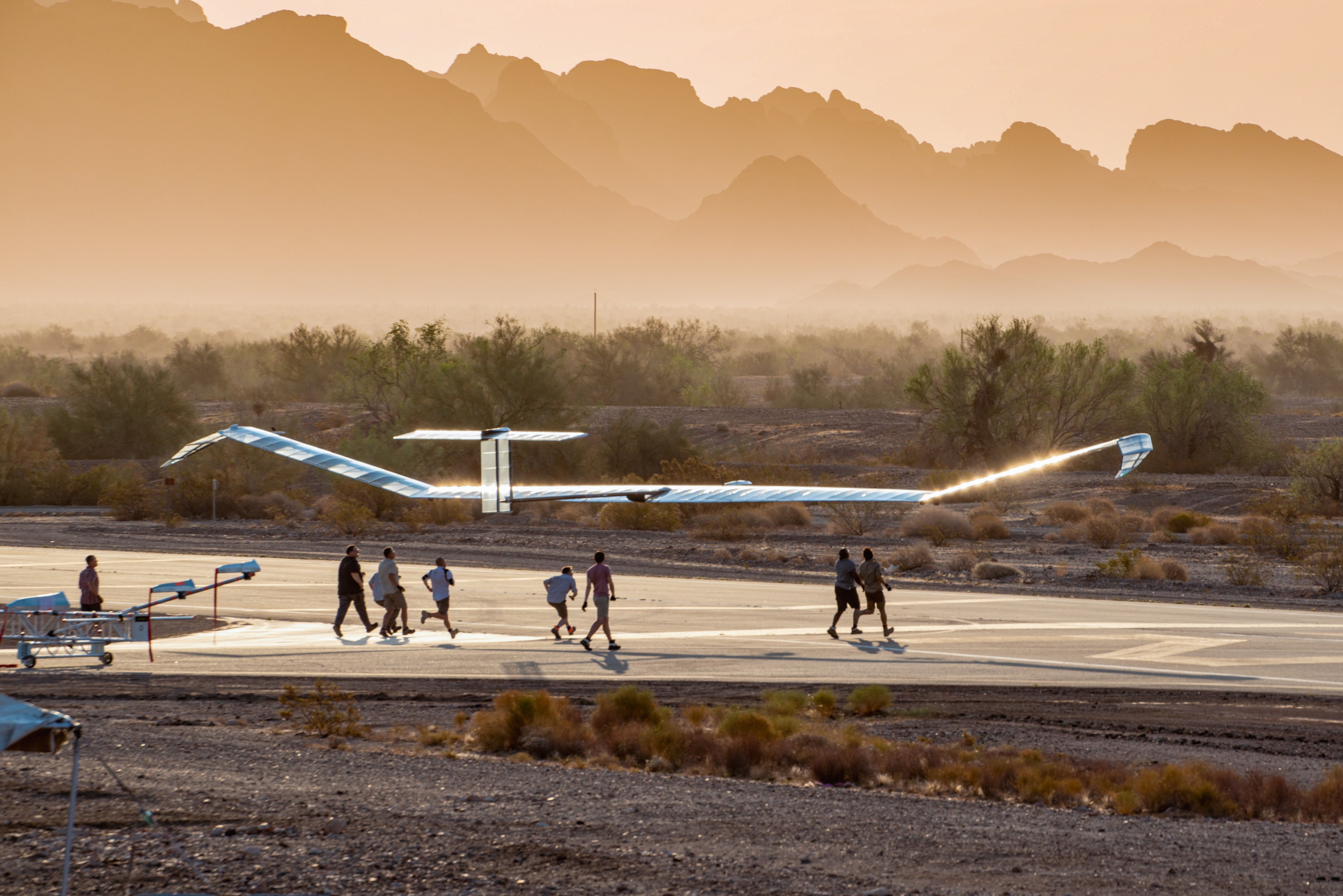SYRACUSE, N.Y. — Lockheed Martin is mulling additional applications and integration for its Q-53 radar, long relied upon by the U.S. Army to spot incoming rockets, artillery and mortars.
The Q-53 has since 2010 been deployed alongside soldiers to detect, classify and determine the impact points of indirect fire. It received extended-range modifications in recent years, and has demonstrated the ability to plug into an Army command-and-control system to help neutralize drone threats.
While its origin is tied to counterinsurgency operations, its future is shaped by competition and potential conflict with Russia and China.
“It’s been a product that’s been out there, but we’ve continued to utilize technology enhancements to provide new missions,” David Kenneweg, Lockheed’s program director for multimission air defense radars, told reporters during a Nov. 2 tour of the company’s facility in Syracuse, New York.
The Q-53, which replaces the older Q-36 and Q-37, uses active electronically scanned array technology and is highly mobile; setup and breakdown take minutes.
RELATED

Lockheed has so far delivered more than 190 of the radars to the Army and other buyers. The company in March 2022 won a $3.3 billion Q-53 production contract that covered spare parts, services and deployment to countries able to take part in the Pentagon’s Foreign Military Sales process. Kenneweg said there is continued interest for the Q-53 on the international market.
“Its legacy has been counter-fire,” he said. “Now we’ve got a multimission radar that does multiple things.”
In tests last year at Yuma Proving Ground in Arizona, the Q-53 linked with the Army’s Forward Area Air Defense Command and Control system and then fed tracking data to RTX’s Coyote Block 2 counter-unmanned aerial system setup.
Future demonstrations are planned, according to Kenneweg, who declined to provide additional details about timing and complexity. The list of threats drones pose — spying, targeting assistance, one-way attacks and more — is growing, as is seen in Eastern Europe and the Middle East.
“If you just look at the media and the types of things that are going on, obviously the counter-UAS threat is real,” Kenneweg said. “That’s one of the reasons we’re bringing that mission forward.”
Lockheed is the world’s largest defense contractor when ranked by defense-related revenue, according to Defense News’ Top 100 list. The firm earned roughly $63.3 billion in defense-related revenue in 2022. Its Syracuse facility specializes in radars, other sensors and electronic warfare.
Colin Demarest was a reporter at C4ISRNET, where he covered military networks, cyber and IT. Colin had previously covered the Department of Energy and its National Nuclear Security Administration — namely Cold War cleanup and nuclear weapons development — for a daily newspaper in South Carolina. Colin is also an award-winning photographer.








